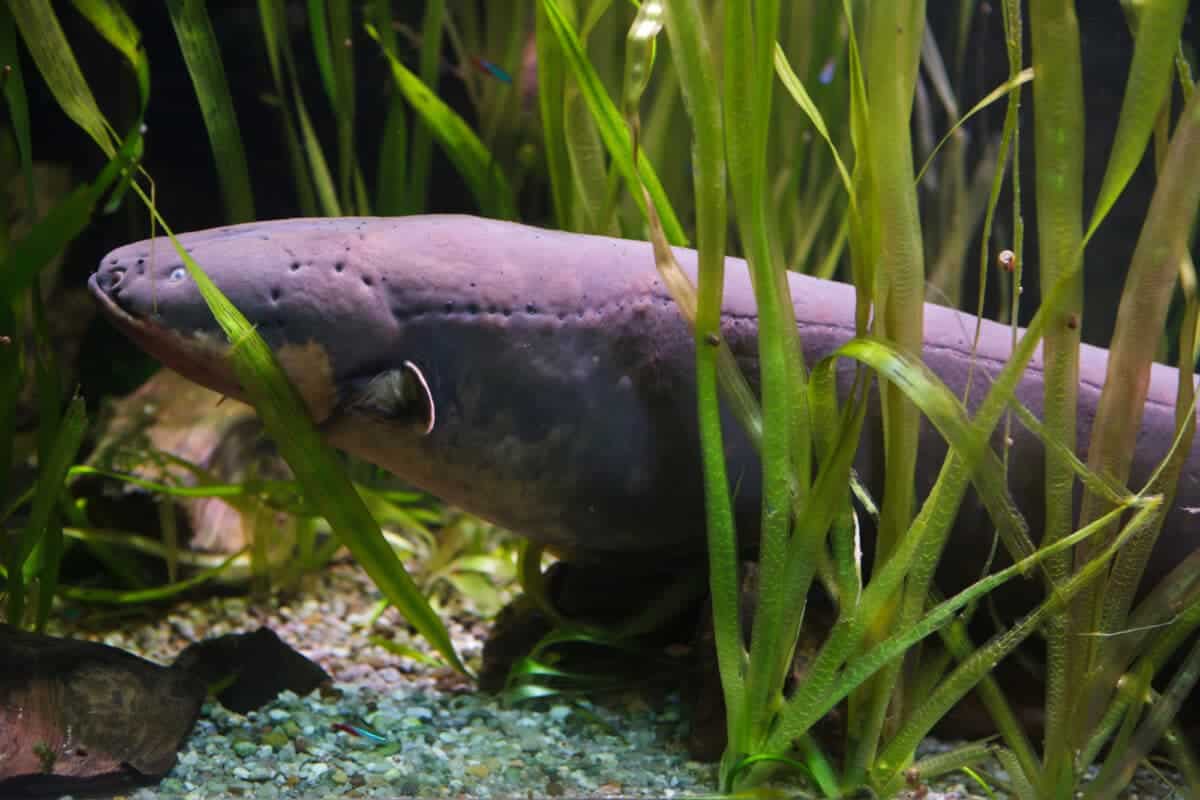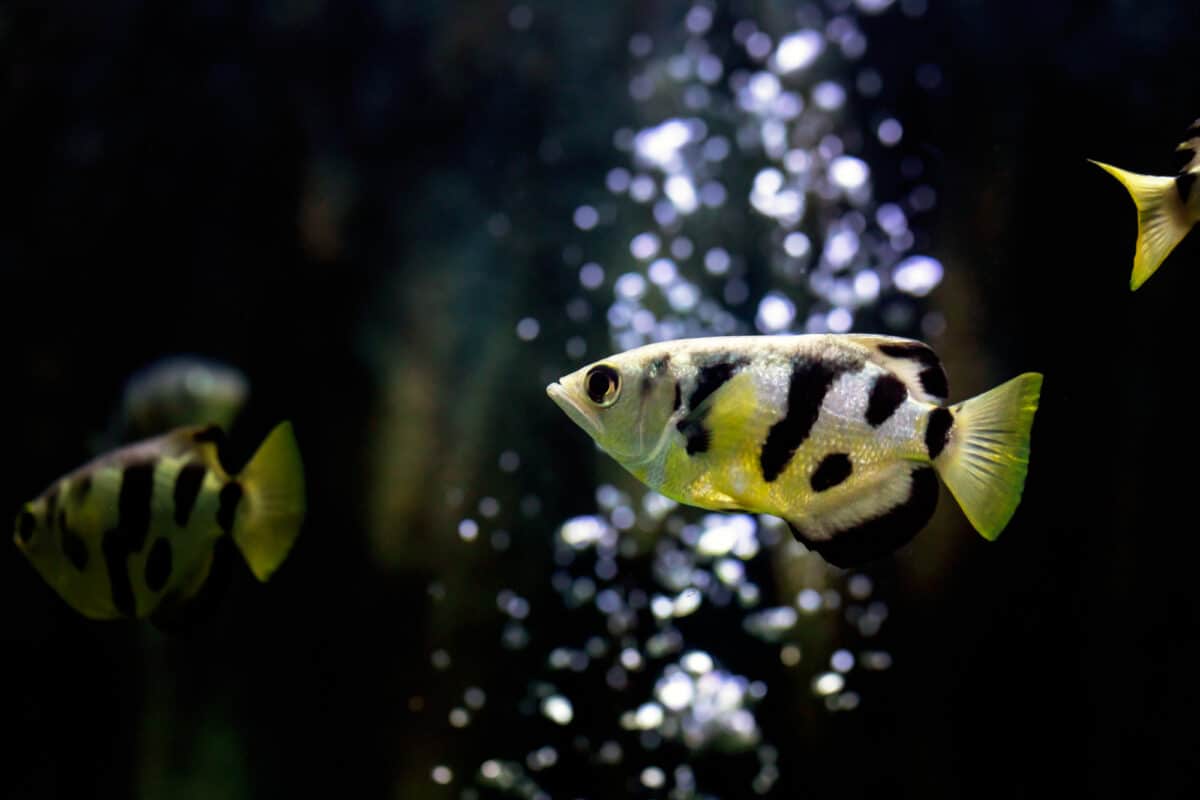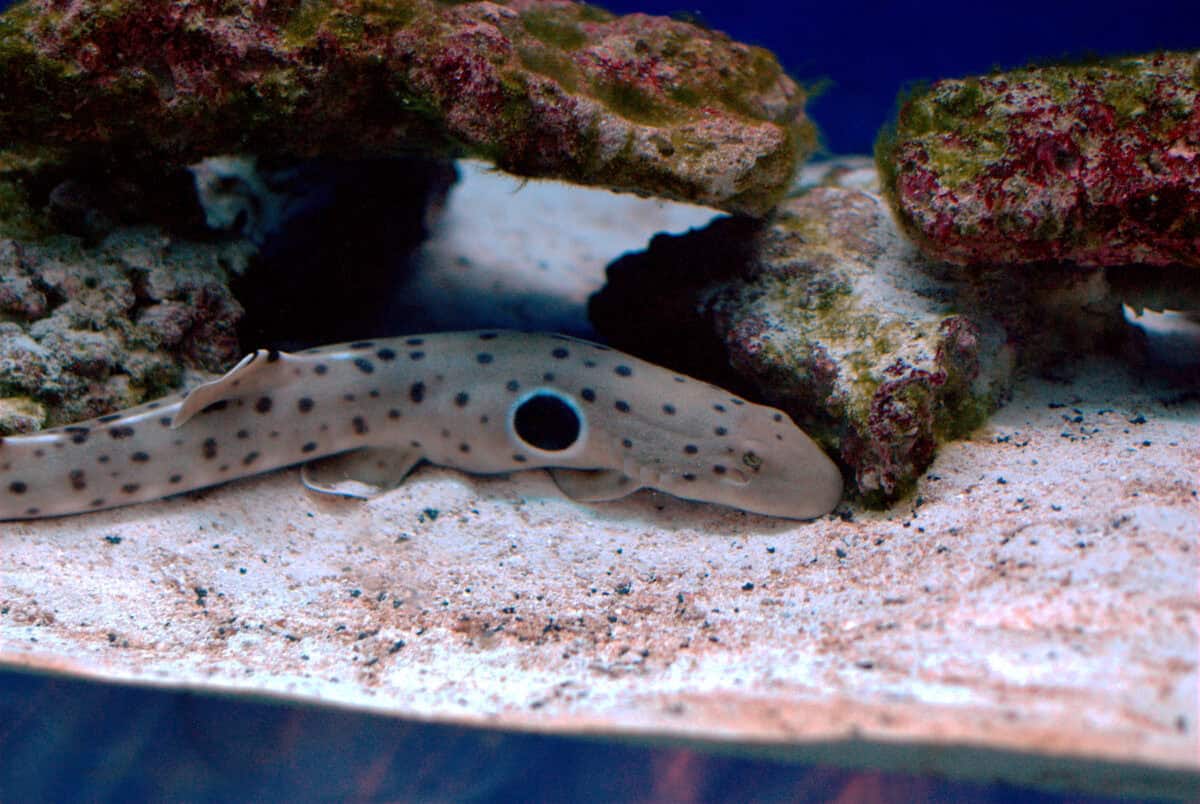The underwater world is filled with bizarre behaviors and extraordinary abilities that often go unnoticed by those of us who dwell on land. Fish, having evolved over 500 million years, have developed some truly remarkable and sometimes downright weird capabilities that help them survive in their aquatic environments. From changing their sex to generating electricity, these finned creatures possess talents that would seem like science fiction if they weren’t scientifically documented. Let’s dive deep into the peculiar world of fish and explore 15 of the strangest things they can do.
15. Change Their Sex

Many fish species can naturally change their sex during their lifetime, a phenomenon known as sequential hermaphroditism. Clownfish operate in a strict hierarchical structure where the largest fish in a group is female, the second largest is male, and the rest remain non-reproductive. If the female dies, the male will transform into a female, and the largest non-reproductive fish will develop into a male. Similarly, wrasses and many grouper species can switch from female to male (protogynous hermaphroditism) as they age or as social conditions demand. This remarkable adaptation ensures reproductive success even when the sex ratio in a population becomes unbalanced.
14. Breathe Through Their Skin

While most fish extract oxygen from water using gills, some species have evolved the extraordinary ability to breathe through their skin. The mudskipper, for instance, spends significant time out of water and can absorb oxygen through its moist skin and specialized gill chambers that store water. Even more remarkable is the mangrove rivulus, which can survive up to 66 days out of water by breathing through its skin. These fish have specialized skin cells rich in blood vessels that facilitate oxygen exchange, allowing them to temporarily leave their aquatic environment when conditions become unfavorable.
13. Generate Electricity

Some fish possess the astonishing ability to generate electrical charges. The electric eel can deliver discharges of up to 860 volts – powerful enough to stun a horse. These living batteries have specialized cells called electrocytes arranged in series, much like batteries in a flashlight. When triggered by the fish’s nervous system, these cells create an electrical potential difference. Beyond attack and defense, species like elephantnose fish use weak electric fields for navigation, communication, and finding prey in murky waters through a process called electrolocation. This biological radar allows them to detect objects and other creatures by how they distort the fish’s self-generated electric field.
12. Walk on Land

Several fish species have developed the unexpected ability to move across land. The epaulette shark can use its fins to “walk” across exposed reef flats during low tide. Northern snakeheads can wriggle their bodies to travel short distances between bodies of water. Perhaps most impressive are the climbing perch, which can breathe air and use their pectoral fins and gill plates to travel across land for days. These fish have modified gill structures that allow them to extract oxygen from air, and specialized fin muscles that enable their terrestrial locomotion. Some walking catfish can traverse up to a quarter mile on wet land, allowing them to find new water sources when their habitats dry up.
11. Freeze Without Dying

Fish in polar regions have evolved one of nature’s most impressive survival mechanisms: antifreeze proteins in their blood. Species like the Antarctic notothenioids produce glycoproteins that bind to ice crystals, preventing them from growing and damaging cells. This allows these fish to survive in waters that are below the normal freezing point of fish blood. Some Arctic fish can survive being partially frozen, entering a state similar to suspended animation when temperatures drop extremely low. When spring arrives and temperatures rise, these fish thaw out and continue their normal activities as if nothing happened – a biological marvel that scientists are studying for potential medical applications in organ preservation.
10. Glow in the Dark

Bioluminescence, the ability to produce light, is common among deep-sea fish. Nearly 80% of the creatures living between 200 and 1,000 meters below the ocean surface can generate their own light through chemical reactions. The anglerfish famously uses a glowing lure to attract prey in the pitch-black depths. Lanternfish have light-producing organs called photophores arranged in species-specific patterns on their bodies, serving as a kind of biological ID card for finding mates. Some species can even control when they glow and how bright their light is. The flashlight fish has a pouch beneath each eye containing bioluminescent bacteria, which it can expose or cover with a lid-like structure, effectively creating a biological flashlight.
9. Play Dead to Catch Prey

Some predatory fish have mastered the art of deception by playing dead to lure in unsuspecting prey. The stargazer buries itself in sand with only its eyes and mouth visible, then arches its back to create a depression in the sand. When small fish investigate this depression, the stargazer strikes with lightning speed. The alligator gar floats motionless at the water’s surface, resembling a log or floating debris. When prey approaches, it unleashes a sudden, powerful sideways strike. Perhaps most theatrical is the cichlid species Parachromis friedrichsthalii, which will lie on its side, appearing dead or injured. When curious fish approach to investigate, the cichlid springs back to life and attacks, turning a apparent vulnerability into a hunting advantage.
8. Change Color Almost Instantly

Cuttlefish changing color. Image via Unsplash
The ability to rapidly change color rivals any special effect seen in movies. Flounders can match the color and pattern of the ocean floor in minutes, using specialized cells called chromatophores that contain pigments which can be dispersed or concentrated. Cuttlefish (though technically not fish but cephalopods) are the undisputed masters of this art, capable of changing both color and texture to match their surroundings in less than a second. Among true fish, the mandarin fish stands out for its psychedelic colors, which it can adjust based on mood, mating readiness, or threats. The remarkable frogfish can change its color over several days to match its habitat so perfectly that it becomes virtually invisible to both prey and predators.
7. Shoot Down Prey with Water Jets

Some fish species have evolved the extraordinary ability to hunt above the water’s surface. Archerfish are known for their remarkable accuracy in shooting down insects resting on vegetation above the water. These precision hunters can spit jets of water up to 5 feet, targeting insects with uncanny precision. What makes this ability even more impressive is that the archerfish must account for light refraction between water and air – essentially solving complex physics equations instinctively. They learn this skill through practice, with juvenile archerfish observing adults and refining their technique over time. Research has shown that archerfish can hit targets with accuracy rates of over 90% at distances of up to 3 feet, making them one of nature’s most precise snipers.
6. Regenerate Body Parts

Many fish possess regenerative abilities that far surpass those of mammals. Zebrafish can regrow their fins, scales, spinal cord, and even portions of vital organs like the heart and brain. When a zebrafish suffers heart damage, special cells called cardiomyocytes multiply rapidly to replace the injured tissue – something impossible for human heart cells. The Mexican tetra (blind cave fish) can repair its heart after injury without forming scar tissue. Goldfish can regenerate damaged retinal tissue, effectively regrowing portions of their eyes. These remarkable regenerative capabilities have made certain fish species invaluable to medical researchers studying tissue regeneration for potential human therapies for conditions ranging from spinal cord injuries to heart disease.
5. Survive Without Oxygen

While most aquatic creatures would perish within minutes without oxygen, some fish species have evolved to survive in oxygen-depleted environments. The crucian carp can live for months in oxygen-free water by converting lactic acid (which normally builds up during anaerobic metabolism) into ethanol, which they then release through their gills. Essentially, these fish ferment their own bodies without suffering toxic effects. The African lungfish can survive drought conditions by burrowing into mud and creating a mucus cocoon that slows its metabolism dramatically. It can remain in this state of estivation for up to four years, breathing air occasionally through a small breathing tube. The Amazon’s tambaqui has specialized lips that can extract oxygen directly from the air when water levels are low and oxygen-depleted.
4. Climb Waterfalls

Some fish species demonstrate astonishing climbing abilities that defy our typical understanding of fish locomotion. The Hawaiian waterfall-climbing goby, or o’opu alamo’o, can scale vertical waterfalls over 300 feet high. These remarkable fish use a specialized suction cup formed by their fused pelvic fins to grip the rock face, inching upward against rushing water. Similarly, certain species of loaches and catfish can use their pectoral fins to grip surfaces while propelling themselves forward. The climbing perch can use its gill plates and pectoral fins to climb trees when fleeing predators or seeking new habitats. These climbing abilities evolved as adaptations to reach predator-free upstream habitats, giving these species access to resources and breeding grounds unavailable to most other fish.
3. Use Tools

Tool use, once considered exclusive to advanced mammals, has been documented in several fish species. Wrasses have been observed using rocks as anvils, holding shellfish in their mouths and smashing them against stones to crack open the shells. The blackspot tuskfish exhibits similar behavior, demonstrating the cognitive ability to select appropriate tools for specific tasks. Archerfish not only use water as a tool for hunting but show the ability to modify the force of their water jets based on the distance to their target – displaying calculation abilities previously associated only with higher vertebrates. The Atlantic cod has been documented using rocks to crack open clams. These behaviors demonstrate problem-solving abilities and cognitive complexity that challenges our traditional understanding of fish intelligence.
2. Mimic Other Species

The underwater world is filled with master impersonators that have elevated mimicry to an art form. The mimic octopus (though not a fish) famously imitates various dangerous sea creatures, but true fish like the saber-toothed blenny have evolved equally impressive deceptions. This small fish perfectly mimics the harmless cleaner wrasse in appearance and behavior, tricking larger fish into allowing it close – then quickly bites a chunk of their flesh before darting away. The leaf scorpionfish resembles a dead leaf so perfectly that predators and prey alike swim past without noticing. Some species of frogfish mimic poisonous sea slugs, gaining protection through false advertising. Perhaps most sophisticated are the comb-toothed blennies, which can imitate multiple species depending on which potential predator is nearby, showcasing both remarkable adaptability and apparent situational awareness.
1. Live Inside Other Animals

Perhaps one of the strangest adaptations in the fish world is the tendency of some species to live inside other marine creatures. The pearlfish has evolved to make its home inside the body cavities of sea cucumbers, sea stars, and even the cloaca of sea cucumbers. These fish wait until their host relaxes and then quickly swim inside, using the protective environment as shelter from predators. They typically emerge only at night to feed. The remora uses a modified dorsal fin that functions as a suction cup to attach to sharks, whales, and other large marine animals, benefiting from protection, transportation, and feeding opportunities when their host eats. Some juvenile fish species have even developed mutualistic relationships with jellyfish, living among their tentacles and gaining protection from the stinging cells that don’t affect them due to specialized mucus coatings.
The extraordinary capabilities of fish showcase the incredible diversity and adaptability that evolution has produced in aquatic environments. From changing their sex to generating electricity, from walking on land to climbing waterfalls, fish have developed solutions to survival challenges that often seem to defy our expectations of what these creatures should be capable of. These adaptations not only highlight the remarkable diversity of fish but also provide scientists with inspiration for technological innovations and medical breakthroughs. As we continue to explore the depths of our oceans and study these fascinating creatures, we’re likely to discover even more surprising abilities that further expand our understanding of what’s possible in the natural world. Fish, far from being simple creatures, represent some of nature’s most innovative evolutionary success stories, demonstrating that life will find remarkable ways to thrive in even the most challenging environments.
- California’s Mountain Lions Are Roaming Closer to Cities Than Ever Before - August 23, 2025
- How Animal Mothers Prepare Their Young for Independence - August 23, 2025
- The Last Surviving Megafauna That Still Roam the Earth - August 23, 2025

